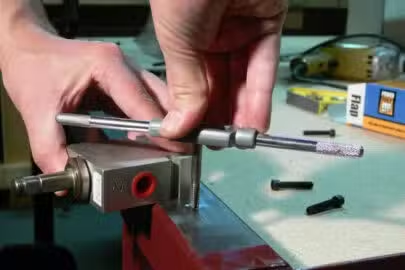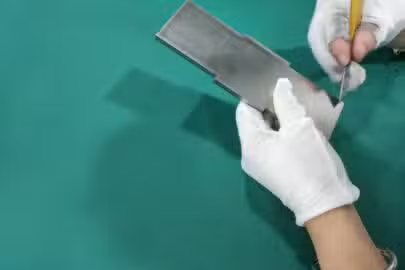CNC machining is a manufacturing process that automates cutting tool movement using programming languages to manufacture quality parts with high accuracy and precision. It is less prone to error, guarantees greater productivity, and has broader versatility. Hence, it is applicable in several industries that deal with part fabrication.
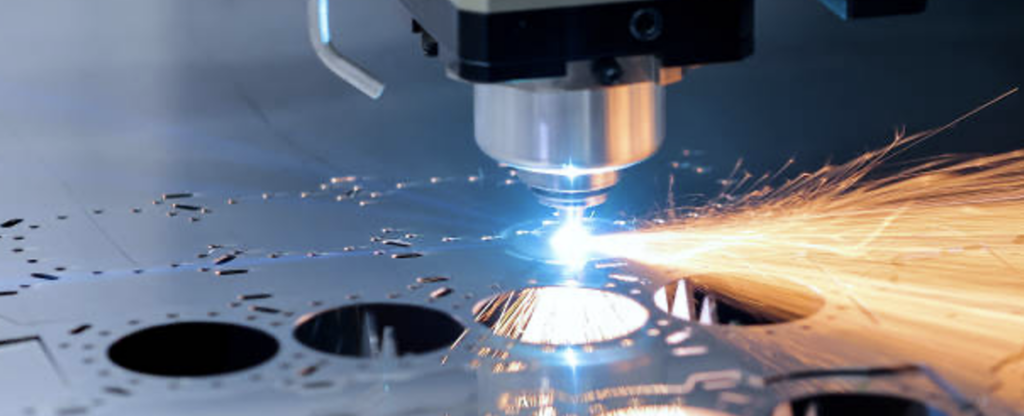
Before using any CNC machining technique, it is important to understand how this process works to get the most out of your time and money investments. This article will be your guide to everything on CNC machining. We will explain the CNC machining process in detail, how to carry out CNC machining, the common types available and how various industries use CNC machining.
What is CNC Machining?
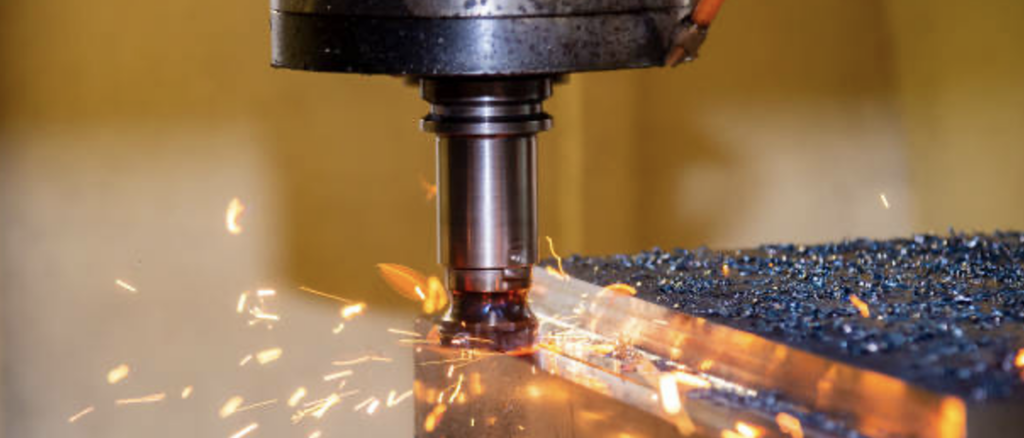
CNC machining is a subtractive manufacturing process that uses a cutting tool to gradually remove material from a workpiece to create parts of varying complexity. The computer automatically controls machine tools such as mills, lathes, grinders, drills, and lasers to cut and shape different materials. As a result, machinists produce parts at a faster rate.
This computerized process comes either as a closed loop or open loop system. The flow of information in the closed-loop control system is two-way. The machinists receive feedback about the tool’s position and adjust as needed. On the other hand, one cannot monitor operating conditions when using an open loop system, as the CNC machine operator does not receive any feedback after starting the operation.
What is the CNC Machining Process?
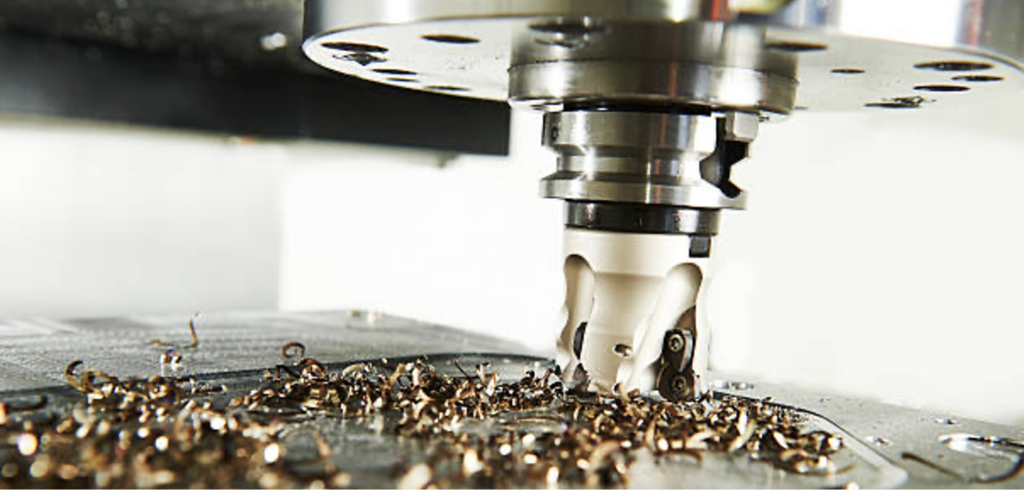
Follow the four steps below to carry out CNC machining:
Designing the CAD Model
The first is to create a 3D CAD design of what you intend to manufacture. You can design it yourself or use the CNC machining services of a third-party design company. Machinists must use the right CAM/CAD software when designing, for example, Fusion 360, SOLIDWORKS, EnRoute and Exocad software.
Though they all have amazing features, your software should support the CNC machining technique for manufacturing. After completing the CAD design, save the design in a compatible format.STL, .IGES, .DWG, or .STEP.
Transforming the CAD File into a CNC Program
The CAM software automates the process by converting the design to a language the machine tools understand. You do this by importing your CAD file into the CAM software in the right format. The CNC machine functions under the control of programming languages called the G-code (Geometric code) and M-code (Miscellaneous codes).
The G and M codes work hand in hand to create a part using a CNC machine. On the one hand, the G-code controls operations that involve movement. It instructs when and how to move rapidly in a straight path or follow a circular route at a predefined feed rate. On the other hand, the M-code directs other operations that do not involve movement. These include switching of tools, the use of coolants, or activation of the spindle.
Preparing the CNC Machine
Based on your business needs, choose the right CNC machine. Furthermore, the type of task you want to perform, machine size, capacity, and budget may influence your choice. After settling on the most appropriate machine, properly set up and configure it to prevent programming errors and overheating.
The first step in setting up the CNC machine is to clean off all dirt and debris. Configuring the machine involves checking specific design settings, attaching the tools to the spindle, and warming it up.
Carrying Out the Machining Process
The CNC machine operator then mounts the workpiece using workholding fixtures such as clamps and vices to keep it in place. Afterward, he aligns the machine’s coordinates and runs the program.
There should also be some inspections and adjustments to prevent process-related errors. Remove the final part and the workholding tool after completing the machining process.
Common Types of CNC Machining
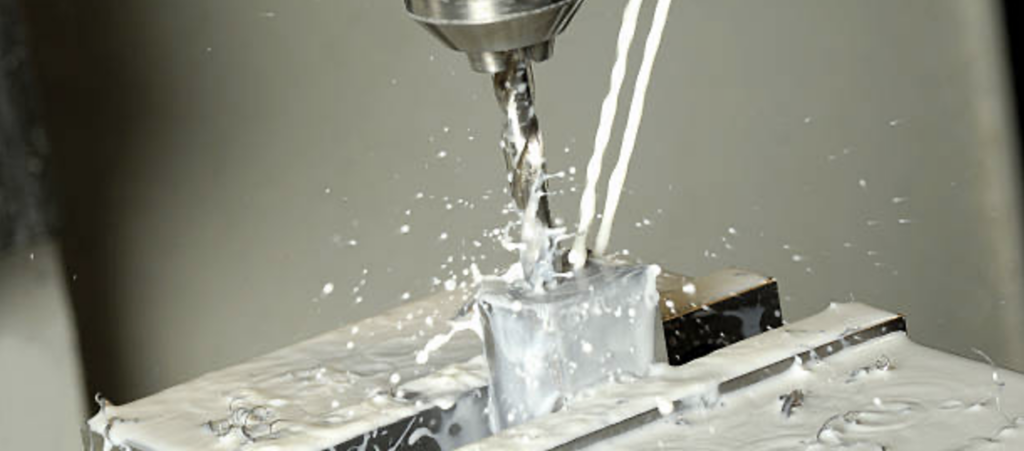
There are different types of CNC machining techniques available. Though they use different machining tools, they operate in similar ways. The following are the most common types of parts manufacturers use:
Milling CNC Machining
CNC milling uses rotating tools to remove material from a workpiece’s surface mechanically. The most common CNC milling machine operations include face, plain, angular, and form milling.
The position of the cutting tools relative to the workpiece’s surface differentiates them. For instance, in plain milling, the cutting tool operates parallel while it rotates in perpendicular directions in face milling. A CNC milling machine is compatible with many materials and produces parts with high tolerance.
Lathe CNC Machining
A CNC lathe is a shaping machine that accurately cuts internal and external diameters in various materials. This machine rotates the chuck and workpiece around a fixed cutting tool using the main spindle. The CNC machine can accommodate multiple tools to perform other operations like drilling, milling, and tapping to create more complex shaped parts.
Because of the rotating motion of the tool, experts sometimes refer to CNC lathes as CNC turning machines. They are sophisticated machines and come in different axes. It can be a simple 2-axis CNC lathe or a complex 8-axis machine.
Drilling CNC Machining
CNC drilling machines use a drill bit or suitable tools to cut round holes in a workpiece. These holes accommodate bolts and screws when joining small parts to make a larger one. In some cases, they may serve only aesthetic purposes.
Different types of CNC drilling machines are available, including upright drill presses, radial arm drill presses, gang drilling machines, micro drill presses, and turret-type drilling machines. Furthermore, CNC drilling machines may result in chip accumulation, which can cause problems. Adjusting the cutting feed and speed and using a chip breaker is important.
Grinding CNC Machining
A CNC grinder removes excess material from a workpiece with a grinding wheel. The wheel remains stationary as the CNC machine metal rotates along various axes. The grinding wheel is made up of abrasive materials such as diamond, silicon carbide or aluminum oxide that strips the surface of the workpiece through a cutting motion to make it smooth or flat.
The versatility of grinding CNC machines makes them stand out. There are different types of grinders to meet everyone’s machining needs.
5-Axis CNC Machining in CNC Machining
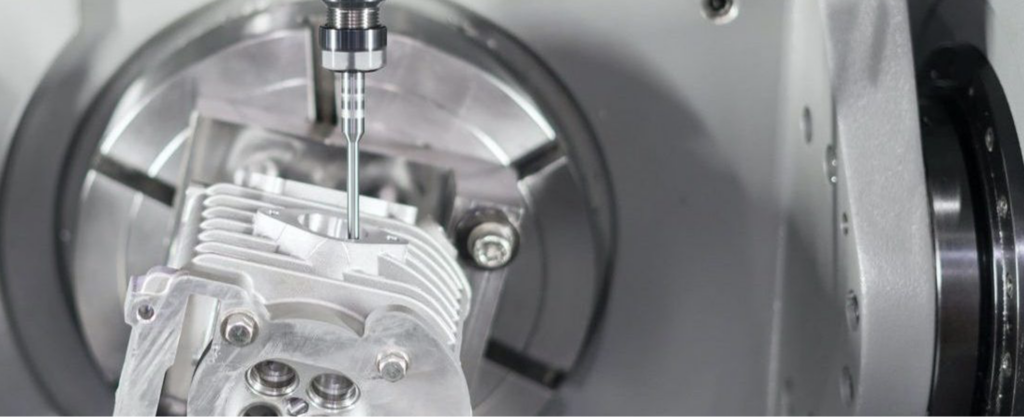
The 5-axis CNC machining uses a tool that moves across five directions concurrently. This machining technique is an improvement to conventional CNC machining. In addition to moving in three linear axes-X, Y and Z, the 5-axis CNC machine offers rotary movements in A and B directions.
Because of the multiple movements, an operator can do a lot in a single setup. This reduces costs and prevents errors when machining complex parts. 5-axis CNC machine comes in three major types
Head/Head: the rotary movement occurs in the head
Table/Head: the rotary movement occurs in the head and table
Table/Table: the rotary movement occurs in the table.
Pros and Cons of CNC Machining
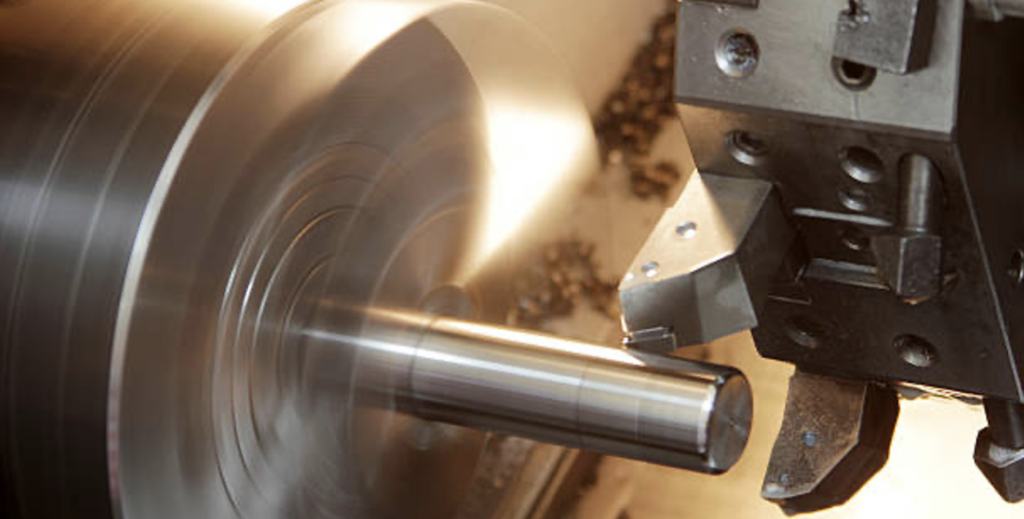
CNC machining offers many benefits across manufacturing industries. Its versatility makes it suitable for manufacturing alone or in conjunction with other methods. The following are some advantages one would get from using CNC machining:
High Precision and Accuracy
CNC machining has a high level of accuracy and precision. This manufacturing process is automated with very little human intervention. Because the CNC technology controls the machining tools, the final parts are accurate and with no flaws. Additionally, the software can replicate the designs and create identical parts that achieve the industry’s tight tolerances.
Safety
Manual machining operations put machinists’ lives at risk. With CNC machining, operators do not contact the cutting tools when in motion. All they do is start and end the program. However, it is important to take safety precautions to avoid accidents and reduce risks of injury when ejecting the final parts.
Low Energy Consumption
Along with a safer environment comes low energy consumption. CNC machining runs on a limited power supply compared to most manufacturing techniques. The use of less powerful auxiliary tools further saves energy. This advantage makes CNC machining in industries like automotive and petrochemicals, where energy consumption is already an issue. You can further make CNC machines more energy efficient by using renewable energy sources.
Speed and Efficiency
CNC machining produces parts at a fast rate without sacrificing quality. A CNC machine can work round the clock to produce many parts and not break down. In addition to increased manufacturing speed, parts assembly is faster with CNC machining. Since the parts are accurate, machinists can easily assemble them perfectly.
Part Complexity
Another benefit CNC machining offers is the ability to create complex shaped parts. There is no limit to the size and shape of parts one can manufacture using CNC machines. Furthermore, this machining process can create parts with intricate designs beyond the levels of conventional techniques.
Despite its numerous benefits, CNC machining has shortcomings one cannot overlook. Here are some issues that may arise when using this technique:
Cost
CNC machining requires a huge financial investment. It is expensive to set up and configure a CNC machine. This expense also covers the cost of maintenance and repairs in cases of breakdown. However, CNC machining becomes more economical overall when one starts mass production. It speeds up large-scale manufacturing and increases a company’s income.
Waste Generation
CNC machining is a subtractive manufacturing technique. This CNC definition means that it removes materials from a workpiece. Because of this, it generates a significant amount of waste in the form of metal shavings and chips, which can increase the cost of production. The good news is that this one can recycle this material wastes and scraps.
Skill Loss and Unemployment
The automated process of CNC machining means it reduces human interaction. This is a limitation as it can lead to displacement of workers and unemployment. Additionally, there is a probability that manual machining skills will be lost as demand for laborers decreases.
Typical Applications of CNC Machining
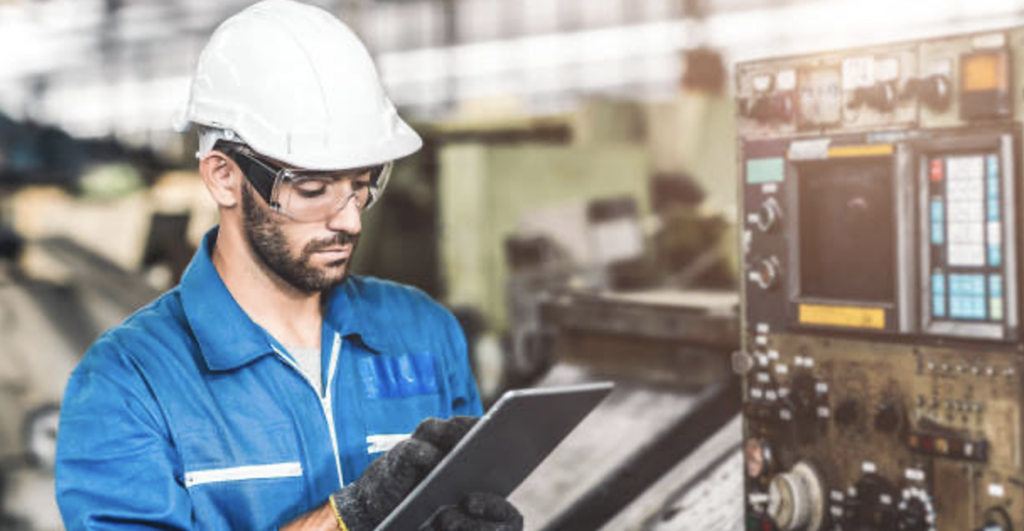
This section will discuss the application of CNC machining in manufacturing industries. CNC machining is a vital aspect in the following industries.
Oil and Gas Industry
Parts of the oil and gas industry are complexly shaped and often exposed to harsh weather conditions. CNC machining can meet these rigorous manufacturing demands. Machining manufacturers in the oil and gas industry use this technique to fabricate parts, including valve components, pipelines, drill bits and pumps. These parts require tight tolerances and must be accurate for safety reasons.
Aerospace Industry
A key manufacturing requirement in the aerospace industry is the ability to fabricate lightweight parts. CNC can produce lightweight aerospace structures without sacrificing strength. This machining process is compatible with common aerospace materials such as aluminum, titanium, and high-performance plastics. As a result, aerospace machining manufacturers produce shafts, seats, filter bodies, and housing components filter bodies according to the industry’s standards.
Automotive Structures
CNC machining has applications in the automotive industry, from prototyping to mass production. This manufacturing process helps in fabricating customized parts at a faster production speed. Automotive CNC machining is perfect for interior panels, cylinder heads, drive axles, and gearboxes. These parts have complex geometries, and conventional manufacturing processes may not be suitable.
Health Sector
The health sector benefits greatly from CNC machining. It can manufacture medical parts with high accuracy and precision. CNC machining is compatible with titanium, stainless and other medical grade materials. Titanium and its alloys are used for manufacturing pacemakers, implants, and high-quality surgical tools because they have similar characteristics to the body tissues and bones.
Zintilon Support for Your CNC Machine Project
At Zintilon, we offer high-quality CNC machining capabilities, including 5-axis machining. In addition to world-class 5 axis machining centers such as 8 sets of Hermle 5 axis milling centers, we also have skilled experts who carry out multiple inspections for quality assurance. Before starting production, we assess whether your 2D or 3D designs will perform in terms of the industry’s tight tolerances and rigorous demands. We also take a step further to thoroughly inspect the raw materials we use after getting them from our supplier to detect impurities and assure quality.
From rapid prototyping to on-demand manufacturing, Zintilon will meet all your CNC manufacturing needs. We turn your design into reality and start production in a short time. Our package also includes top-notch surface finishing techniques to improve aesthetics and part functionality. We are always available 24/7 to answer all your questions and concerns on CNC machining. Reach out and get an instant CNC quote today
Conclusion
CNC machining is a computer-aided process that automatically moves cutting tools to shape a workpiece. Because this process is automated with little human intervention, the final part is accurate and high-quality. This article has explained what CNC machining is, how to carry it and the pros and cons of this process. Are you starting a new CNC project today, or want to improve an old one? Reach out to ZINLINTON today for all your CNC machining needs.
FAQs
What does a CNC Machinist do?
A CNC machinist operates and sets up the machine. He programs the cutting, drilling, and milling tools to function accordingly.
Is CNC only for metals?
CNC capabilities are not limited to metals. You can also manufacture parts out of plastics and ceramics.
What metal is easiest to machine?
CNC can machine many soft and hard metals. These include aluminum, magnesium, stainless steel, titanium, zinc, brass, and copper.



